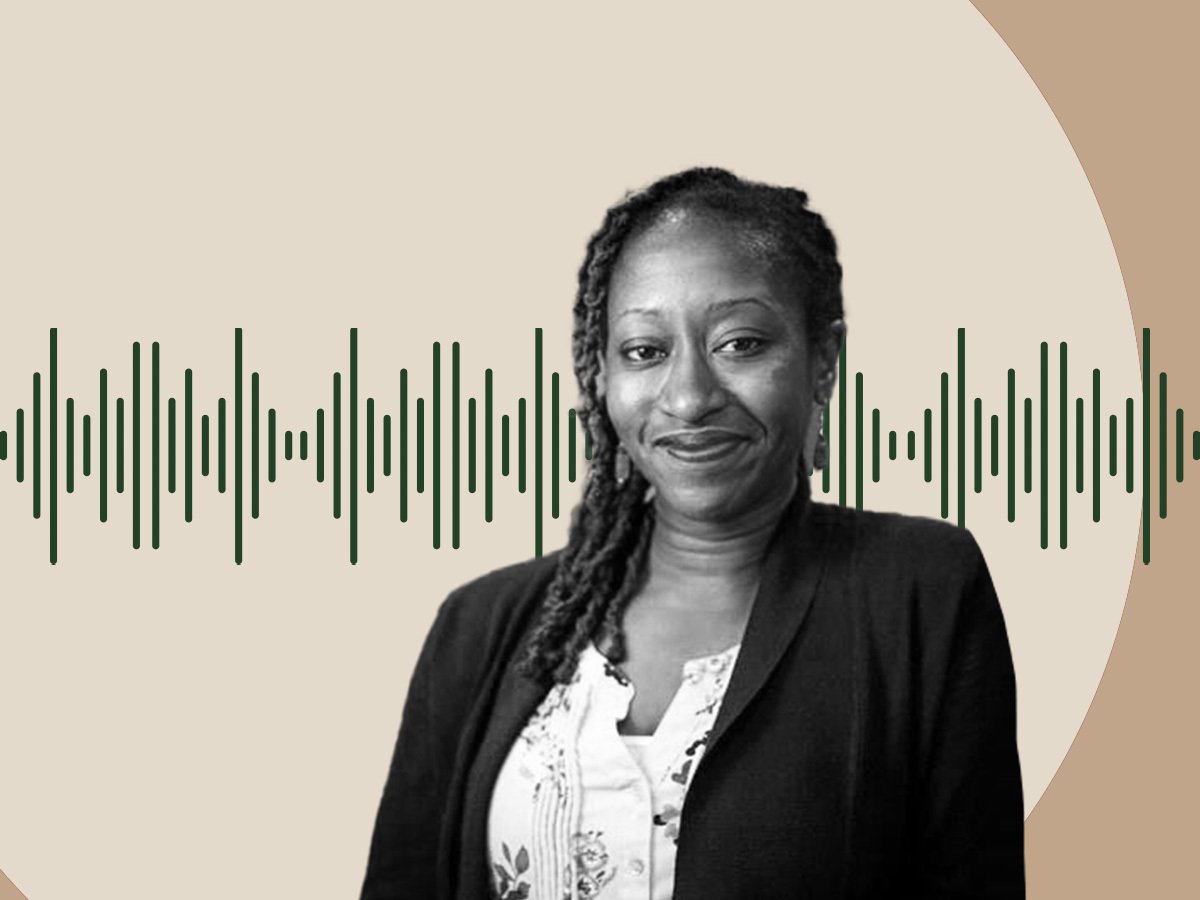When I wrote my article, I wrote and I started with a creation story, which was about, the world was dark, and then Sky Woman came, and I started with that story, purposefully, because the darkness is part of the story.
And when I think about economic justice, to me, there has to be a common threat that brings people together. And Moe [Mitchell], you said curiosity. I would actually say it’s probably threat. There has to be a sense of threat. People have to see pressure or see something that’s putting pressure in any kind of way on different sections or different people so that they can respond accordingly. But you have to be able to see the threat.
I grew up in the desert. My husband is from Hawai‘i. When we go fishing, I couldn’t see the fish. I would look in the ocean, and for the life of me, I couldn’t see it until he said, just look for colors of purple. And once I started seeing the colors of purple, I saw thousands of fish.
When we get to the point where we feel like our economy is enough of a threat to all our communities, I feel like there’ll be a massive response.And so, there [are] two things to me in intersectional approaches to economic justice. One, there has to be a sense of a common threat that creates coalitions, that feels much bigger than one person or one community that brings you together. And two, you have to have enough people in that community to recognize it as a threat.
Sign up for our free newsletters
Subscribe to NPQ's newsletters to have our top stories delivered directly to your inbox.
By signing up, you agree to our privacy policy and terms of use, and to receive messages from NPQ and our partners.
Sometimes our educational institutions create processes and curriculums that teach our children and our people to be complacent in the system that we are presented with. We have to have enough people who can see the threat and be able to question those institutions to create these larger institutions.
And I think about some of the most powerful institutions in Indigenous communities, like the All-Indian Pueblo Governors’ Council. It came because they were trying to tax Indigenous lands. The state was trying to tax Indigenous lands.
We didn’t always get along, but that was our common threat. I think of the Haudenosaunee and the Iroquois Confederacy: colonization was the threat. They didn’t always get along.
And some of the most important values and practices that these coalitions faced [were] after the threat was over, they had enough relationship, and they institutionalized some of those relationships so that they would last beyond the threat and so that they actually had [a] response to the next threat.
And so, to me, when we get to the point where we feel like our economy is enough of a threat to all our communities, I feel like there’ll be a massive response. Indigenous communities, people of people of color communities, have felt this threat for a very long time. And I’m both happy but also disheartened that it’s taken so long for these voices to be heard in response to the dominant economy that we are in today.












